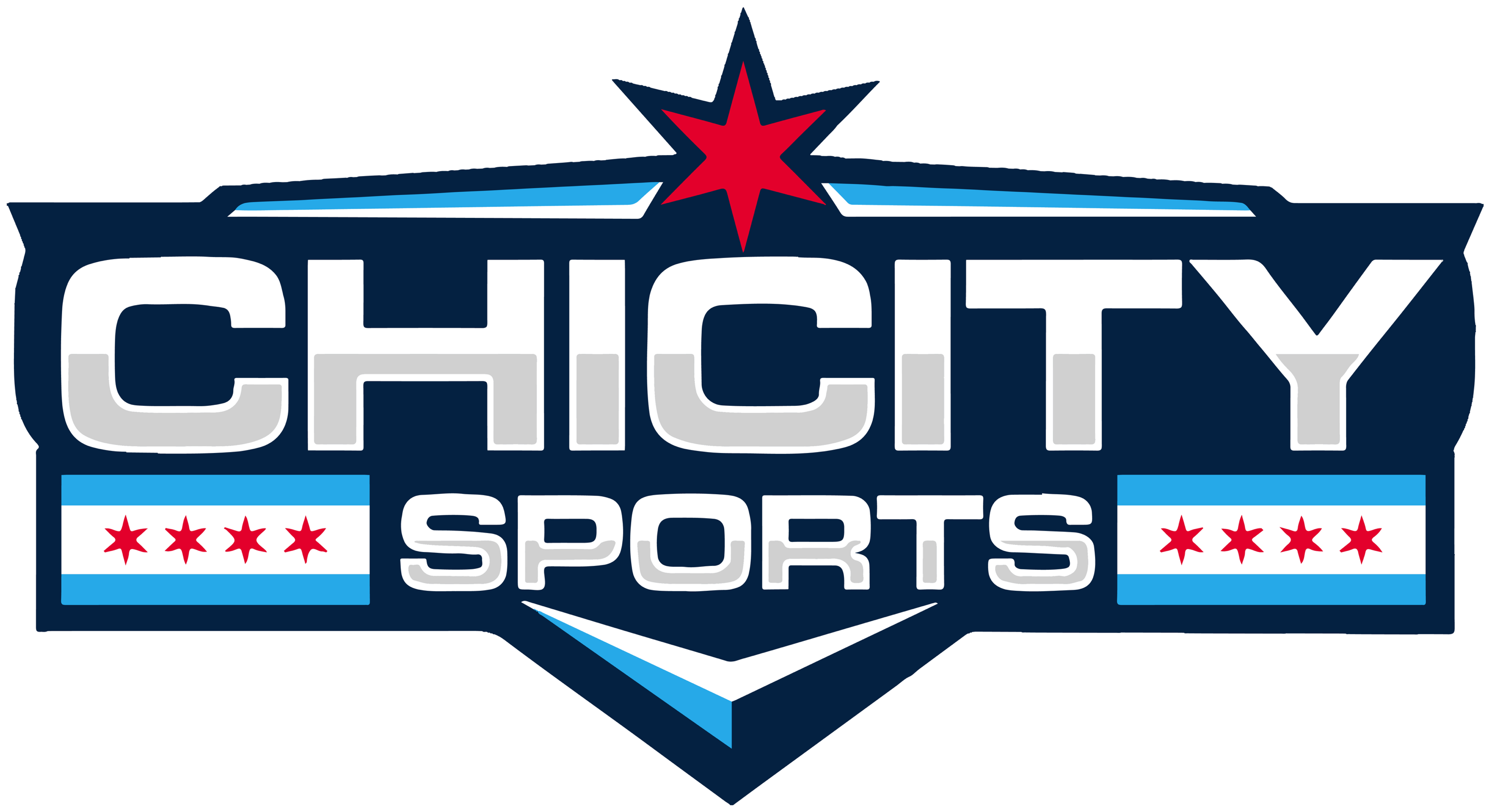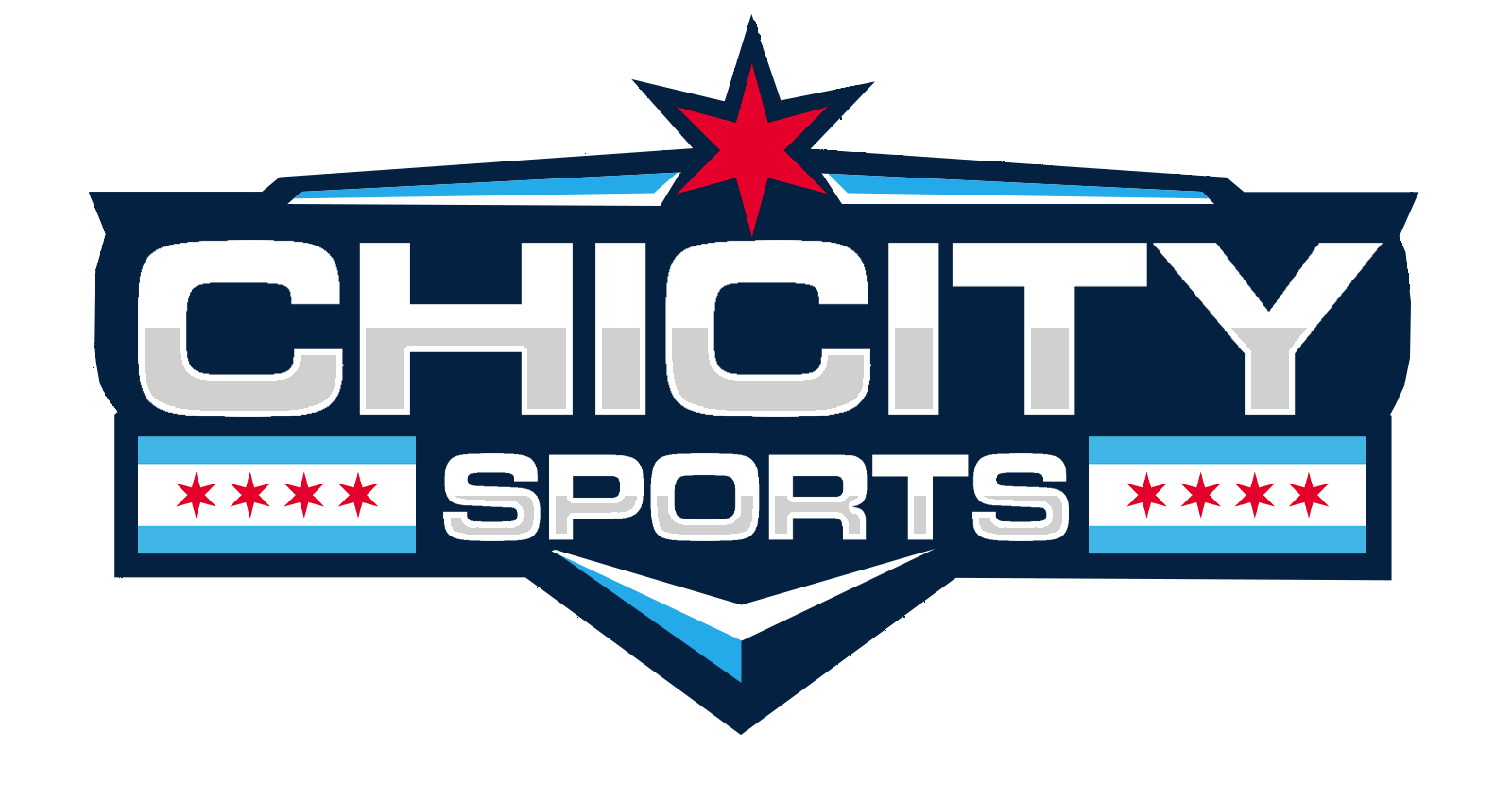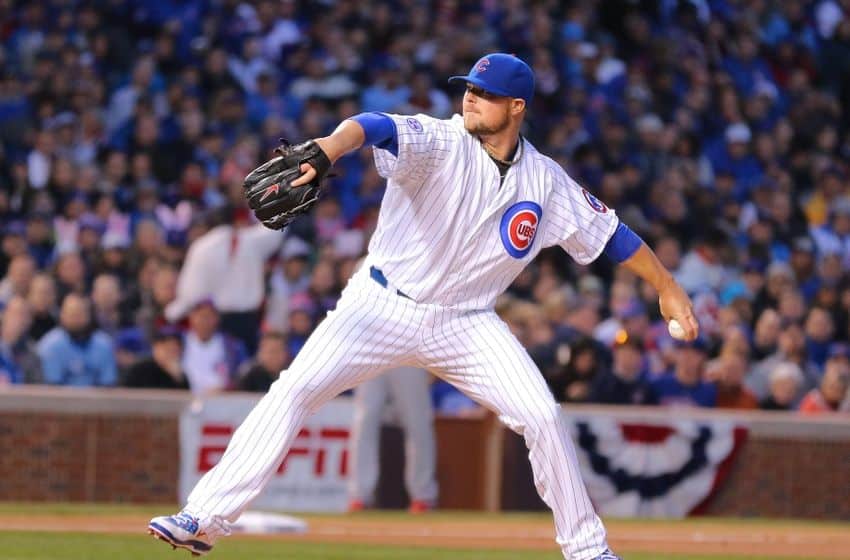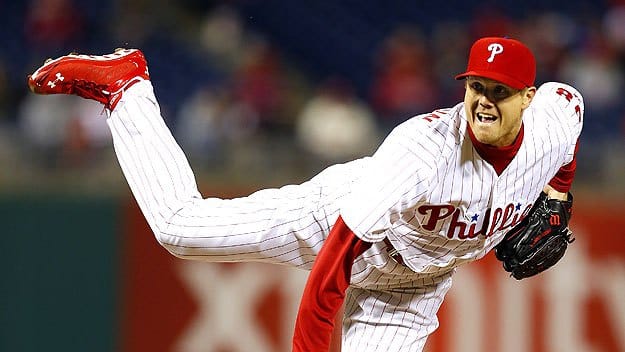Ah, the mega-deal. Is there anything in professional sports more statistically probable to backfire?
Yet every year, there they are in all their over-hyped, over-paid glory. Sure, we all argue them away when the big ticket player shows up on our team’s doorstep because this time, it’s going to be different.
Chicago Cubs fans should be particularly adept at spotting this, as it has an eerie similarity to the enthusiastic, and hopelessly contagious, “This is our year” syndrome. But here we are with Jon Lester. And, of course, this time, it’s going to be different.
So far, it hasn’t been.
When Lester signed his six-year, $155 million contract, everyone was fairly open about the fact that it was an over-payment for his services. But it was worth it, because Lester was going to be the long-term anchor on an increasingly relevant Cubs pitching staff.
We are in mid-June of the first year of that deal and concern is already building, amplified by Lester’s two most recent starts that saw him pitch a total of 9 1/3 innings, and give up 11 runs on 18 hits –logically taking losses in both. And even during his strong month of May (4-1, 1.76), watching the games, he was good, but not dominant. When you’re paying someone what the Cubs are paying Lester, you’re paying them to be dominant.
Lester has always been the sneaky kind of effective. A battler. A grinder. He’s the type of pitcher that doesn’t feel like he’s overmatching teams, but then all of a sudden you see it’s the seventh inning and he’s given up three hits. What that says is that his “stuff” isn’t dominant. And it probably means that is execution often is. When above-average stuff meets spotty execution, you get a 4-5 pitcher with a 4.25 ERA. No big thing, so long as your pitcher isn’t banking $20-25 million per season. Which, of course, Lester is.
Mega-deals like Lester’s always look bad some of the time, so panic shouldn’t ensue because of a handful of lackluster starts. The “danger” of those mega-deals is that the ridiculous expectations create an unattainable fantasy player. When the Cubs overpaid for Alfonso Soriano back in 2007, after his statistical explosion the year before with Washington, the same problem was born. Soriano was no baseball saint, but what’s ultimately disappointing about his time with the Cubs is that he wasn’t all that bad –not nearly as bad as fan rhetoric often painted him to be.
He averaged 27 HRs and 79 RBI throughout his six full years, and held a .264 batting average –only six points off his career average. He was a solid piece of any lineup; he just wasn’t the $136 million type of solid, and so was branded a disaster as the contract ensured he was unable to be traded until much later in the deal.
Lester could be that guy, too.
The difference with Lester is that it is so, so early in his contract, and pitching can be notoriously fickle anyway; he’s just as likely to go into an elite performance stretch as he is to a tailspin. To even mention (like the piece you’re currently reading), much less actually believe, that there is reason to panic is a gross overreaction this early in the game.
But even as early as it is, that’s a consideration Cubs fans were hoping to deal with much, much later than 12 starts into a six year relationship with their ace pitcher.
Good luck, Jon. History suggests you’re going to need it.
For More Great Chicago Sports Content
Get the latest Chicago sports news, analysis, and breaking stories on the Bears, Bulls, Blackhawks, Cubs, White Sox, Sky, and more! Tap the star to add us to your favorites on Google News, so you never miss a story on your favorite Chicago teams.
Follow us on Twitter at @chicitysports23 for more great content. We appreciate you taking time to read our articles. To interact more with our community and keep up to date on the latest in Chicago sports news, JOIN OUR FREE FACEBOOK GROUP by CLICKING HERE




